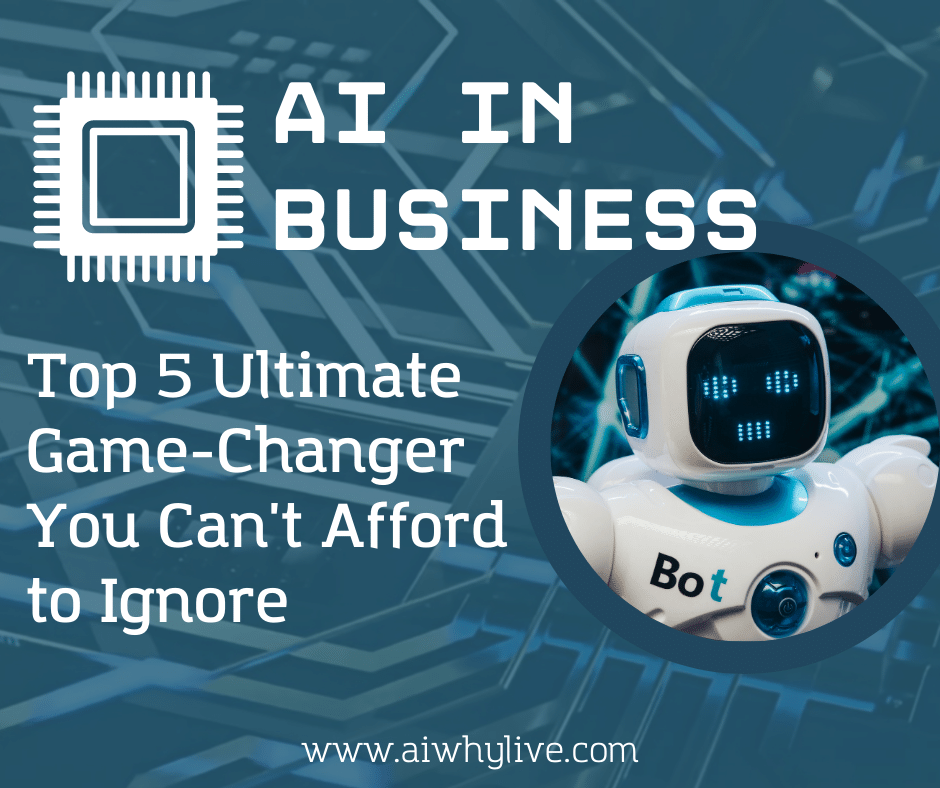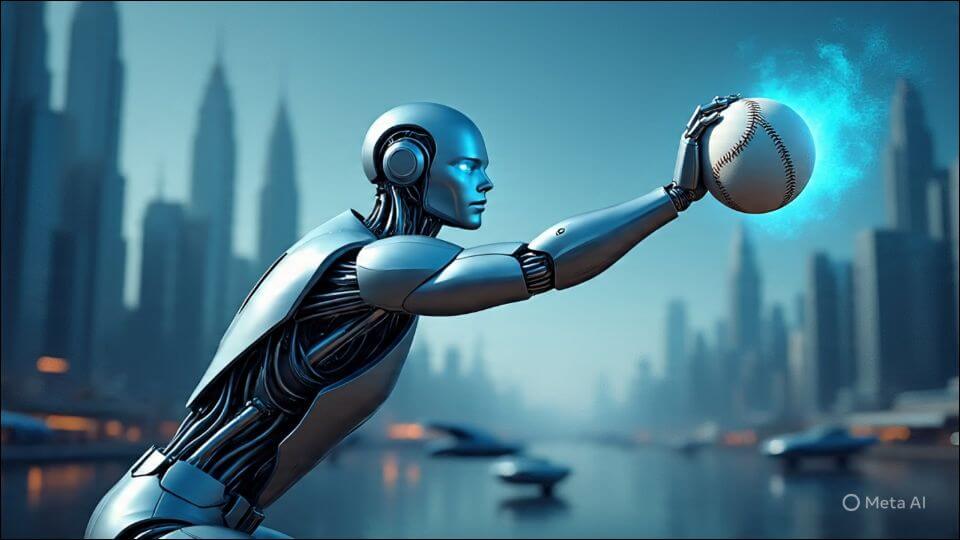Let’s face it—modern life runs on electricity. From charging phones to powering hospitals, we’ve built a world where even a few seconds of blackout can feel like a crisis. In the Philippines, this dependency is especially fragile.
Despite decades of investment, brownouts remain a regular part of Filipino life, from urban centers to rural barangays. And it’s not because we lack ambition.
⚡ Power by the Numbers
As of late 2024, the Philippines had a total grid-connected capacity of 29,697 megawatts (MW). But here’s the catch:
- 43.3% of that power still comes from coal, a dirty, aging source vulnerable to fuel price shocks and environmental risks
- In 2025, the Department of Energy (DOE) plans to add 7,000 MW of new capacity, with 3,930 MW from solar, 1,320 MW from natural gas, and 773 MW from wind
- Luzon alone is expected to consume 14,769 MW, with Visayas and Mindanao demand rising by 16% and 8.2%, respectively
This is a multi-billion peso industry, yet outages persist. Why?
🧱 The Infrastructure Puzzle
Even with new capacity, the grid remains vulnerable:
- Transmission bottlenecks delay power delivery from generation sites to homes
- Aging distribution lines and underfunded cooperatives struggle to keep pace
- Climate shocks like El Niño and typhoons disrupt supply chains and overload systems
- Energy storage systems (ESS) are expanding—but not fast enough to stabilize peak demand
In short, we’re building more—but not always smarter.
🧭 I. Infrastructure Is Not Just Concrete—It’s Memory, Survival, and Power
In the Philippines, infrastructure is often a backdrop for ribbon-cuttings and drone shots. But for the poor, it’s a daily negotiation:
- Will the lights stay on?
- Will the water flow?
- Will the flood come again?
Now, AI is entering the scene—not just in apps and chatbots, but in power grids, water systems, and disaster response. The question is no longer if AI will shape our infrastructure. It’s who it will serve.
⚡ II. Power: From Diesel to Yoroi
Japan has launched the Yoroi Reactor, a sealed nuclear microreactor the size of a shipping container. It produces 1 megawatt of clean energy, runs for 10 years without refueling, and is meltdown-proof thanks to molten salt cooling and passive safety systems. Two are already powering remote towns in Hokkaido, with 50 more planned by 2030.
While not branded as “AI-powered,” Yoroi’s autonomous design reflects AI-adjacent engineering: systems that monitor, react, and protect without human input.
What this means for the Philippines:
- Off-grid barangays could leapfrog diesel dependency
- Disaster zones could regain power without waiting for trucks
- Data centers and hospitals could run on sealed, secure reactors
But who audits the algorithm when the reactor is buried?
💧 III. Water: Smart Wells, Broken Pipes, and AI Startups
Metro Manila faces chronic water shortages, worsened by climate shocks and aging infrastructure. Hospitals shut down, malls close toilets, and families queue at fire hydrants.
Enter AI startups like FRACTA, which use machine learning to predict pipe corrosion and prioritize repairs. In Japan and the U.S., these tools are already saving billions in water loss and maintenance costs.
What this means for the Philippines:
- AI could map leak-prone zones and optimize water truck routes
- Predictive models could prevent outages before they happen
- Smart sensors could monitor dam levels and trigger early warnings
But without broadband, data centers, and local training, these tools remain foreign.
🧠 IV. The Filipino Future: AI for Infrastructure, Not Just Industry
AIWhyLive has long argued that AI must serve dignity, not just data. That means:
- Training AI on barangay realities, not just urban blueprints
- Designing tools for community ownership, not corporate control
- Using AI to expose inefficiency, not just automate it
- Building infrastructure that listens before it builds
We call this AI for Kita—a framework that centers livelihood, context, and survival.
💬 Final Thought: Why Live Without Power?
Infrastructure is not just about roads and wires. It’s about who gets to live with dignity when the storm hits, the faucet dries, or the grid fails.
AI can help—but only if we shape it. Not just to optimize delivery, but to remember the margins, amplify Filipino resilience, and build systems that don’t forget us when the lights go out.
🧩 Too Cryptic? Please Read On…
🧒 Explainer: What Does This Article Really Mean?
Imagine your house loses power. No lights, no fan, no internet. Or imagine your school has no clean water, and you have to line up with a bucket just to wash your hands.
That’s what happens when infrastructure fails—the systems that give us electricity, water, and safety stop working.
This article says:
- Japan made a tiny nuclear reactor called Yoroi that powers towns without needing people to run it. It’s safe, buried underground, and lasts 10 years.
- In the Philippines, we still use diesel and water trucks, which are slow, dirty, and expensive.
- Some companies use AI (artificial intelligence) to predict broken pipes or help fix water problems faster.
- But most Filipino communities don’t have the internet, data centers, or training to use these tools.
So what do we do?
We build AI for Kita—AI that helps ordinary Filipinos, not just big companies. We teach it our problems, our language, our way of surviving. We use it to fix things, not just make apps.
Because if AI doesn’t help us when the flood comes or the lights go out… it doesn’t deserve to lead our future.
🚀 Extro: Speaking of Power, Let’s Talk About Owning It
Infrastructure isn’t just something you use. It’s something you can shape, critique, and even name.
That’s why AIWhyLive.com owns the domain NegrosPower.com—a bold digital gateway for anyone who wants to lead, build, or disrupt the energy conversation in Negros Island and beyond.
Whether you’re:
- Launching a renewable energy startup
- Hosting a community grid project
- Advocating for transparent power pricing
- Or creating a digital media brand around energy justice—
NegrosPower.com gives you authority, relevance, and a name that carries weight.
👉 The domain is now for sale or partnership: View details here
📩 Contact us now. Let’s turn infrastructure into influence. Because real power isn’t just consumed. It’s claimed.
📚 Numbered
- State of AI in the Philippines – PIDS
- Japan’s Yoroi Reactor Powers Remote Towns
- Yoroi Reactor Overview – Atomic Energy Agency
- AI in Infrastructure – EY Philippines
- Water Crisis in Metro Manila – ABITA LLC & Marketing Japan
- FRACTA AI for Water Pipe Maintenance
- SkAI-Pinas Congress: Democratizing AI for Filipinos
- DTI Launches National AI Strategy Roadmap 2.0







